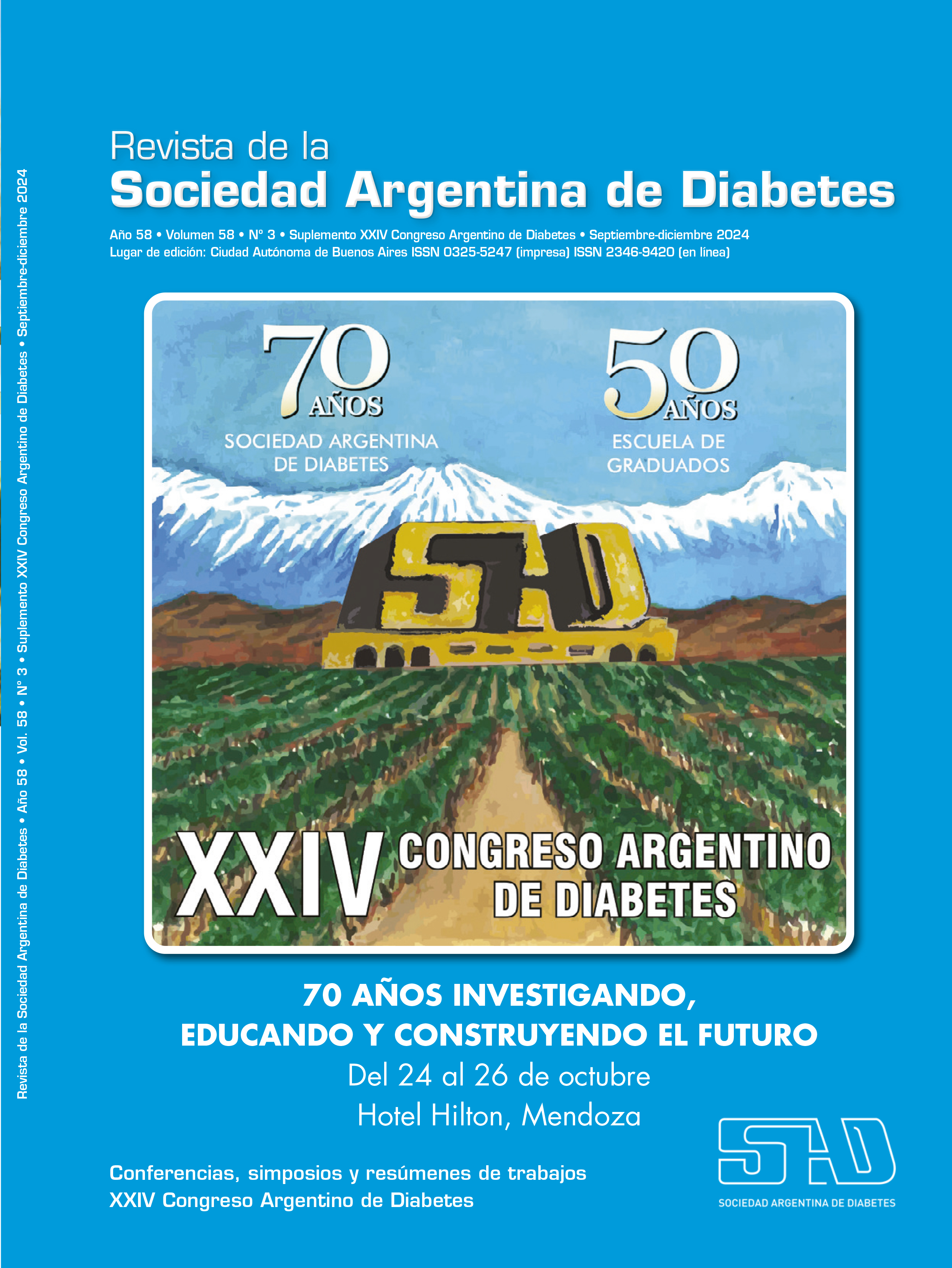Beta cells in type 2 diabetes
Keywords:
diabetes, beta cellAbstract
Diabetes is a multifactorial disease with chronic hyperglycemia and systemic metabolic complications that appear as a consequence of the progressive loss or dysfunction of insulin-producing β cells. In Type 2 diabetes (T2D), the most prevalent form of this disease, insulin resistance promotes metabolic stress and β cell failure through mechanisms such as mitochondrial dysfunction, endoplasmic reticulum stress, glycolipotoxicity, and cell dedifferentiation and death1. Although during their development and early postnatal stages, these cells are highly proliferative, in adult life, they are specialized and stable cells. That is why they depend on specific epigenetic systems that allow them to maintain cell functionality and identity.
Previously, it has been assumed that adult β cells constituted a homogeneous population within the islet, however, there is a remarkable heterogeneity that determines the existence of subpopulations exhibiting genetic and functional variations that affect both, their proliferative state, and susceptibility to metabolic stress, suggesting that not all of them will respond uniformly to glycemic stimuli and metabolic demands. The use of optogenetic techniques2 and proteomic, epigenomic3, and transcriptomic4 studies by single-cell RNA sequencing made it possible to accurately map functional, epigenetic, and transcriptional differences between subpopulations, revealing specific markers and signaling pathways associated with survival and β cell function.
Thus, different subpopulations of β-cells were described in individuals with or without T2D4: a) Hub cells, acting as pacemakers for follower ones2,4, b) Cells with different epigenetic marks at the methylation level of both, DNA at CpGs sites, and histone H3 (H3K27me3)3,4, c) Cells with the presence or absence of CD9 and ST8SIA14 surface markers4, d) Cells with differences in their maturity degree, determined by their proliferative capacity, or by their level of insulin and Pdx-1 expression4, e) Cells with variable capacity to respond to stress (insulin and UPR expression)4. Understanding β cell heterogeneity provides a more accurate view of the physiopathology of T2D. It also offers new and effective therapies targeting specific subpopulations of β cells to improve T2D treatment and reduce the risk of its complications.
References
I. Schwartz SS, Epstein S, Corkey BE, et al. The time is right for a new classification system for diabetes: rationale and implications of the β-cell-centric classification schema. Diabetes Care 2016;39(2):179-86. doi: 10.2337/dc15-1585.
II. Johnston NR, Mitchell RK, Haythorne E, et al. Beta cell hubs dictate pancreatic islet responses to glucose. Cell Metab 2016;24(3):389-401. doi: 10.1016/j.cmet.2016.06.020.
III. Dror E, Fagnocchi L, Wegert V, et al. Epigenetic dosage identifies two major and functionally distinct β cell subtypes. Cell Metab 2023;35(5):821-836.e7. doi: 10.1016/j.cmet.2023.03.008.
IV. Aldous N, Moin ASM, Abdelalim EM. Pancreatic β-cell heterogeneity in adult human islets and stem cell-derived islets. Cell Mol Life Sci 2023;80(6):176. doi: 10.1007/s00018-023-04815-7.
Downloads
Published
Issue
Section
License
Copyright (c) 2024 on behalf of the authors. Reproduction rights: Argentine Society of Diabetes

This work is licensed under a Creative Commons Attribution-NonCommercial-NoDerivatives 4.0 International License.
Dirección Nacional de Derecho de Autor, Exp. N° 5.333.129. Instituto Nacional de la Propiedad Industrial, Marca «Revista de la Sociedad Argentina de Diabetes - Asociación Civil» N° de concesión 2.605.405 y N° de disposición 1.404/13.
La Revista de la SAD está licenciada bajo Licencia Creative Commons Atribución – No Comercial – Sin Obra Derivada 4.0 Internacional.
Por otra parte, la Revista SAD permite que los autores mantengan los derechos de autor sin restricciones.




























